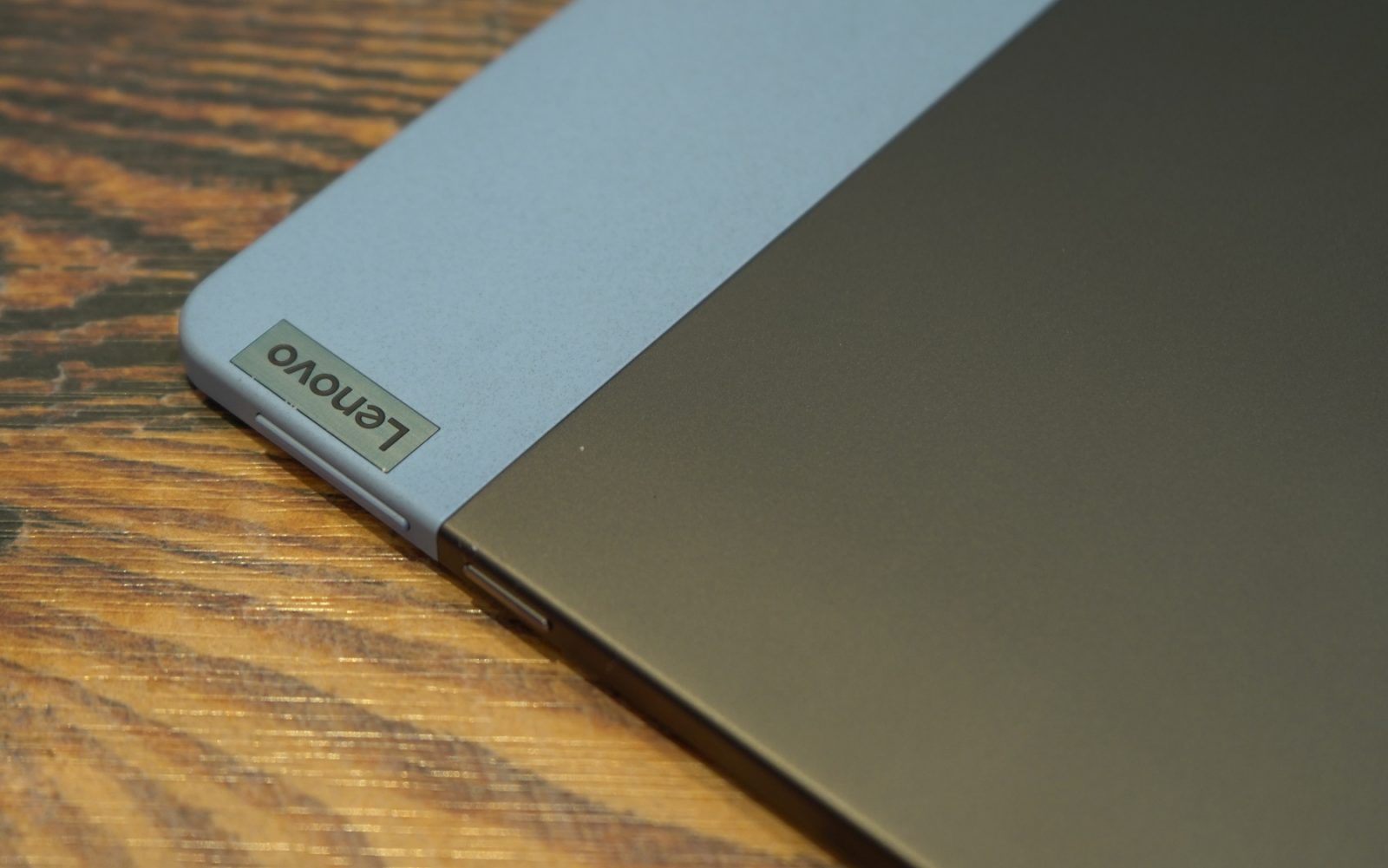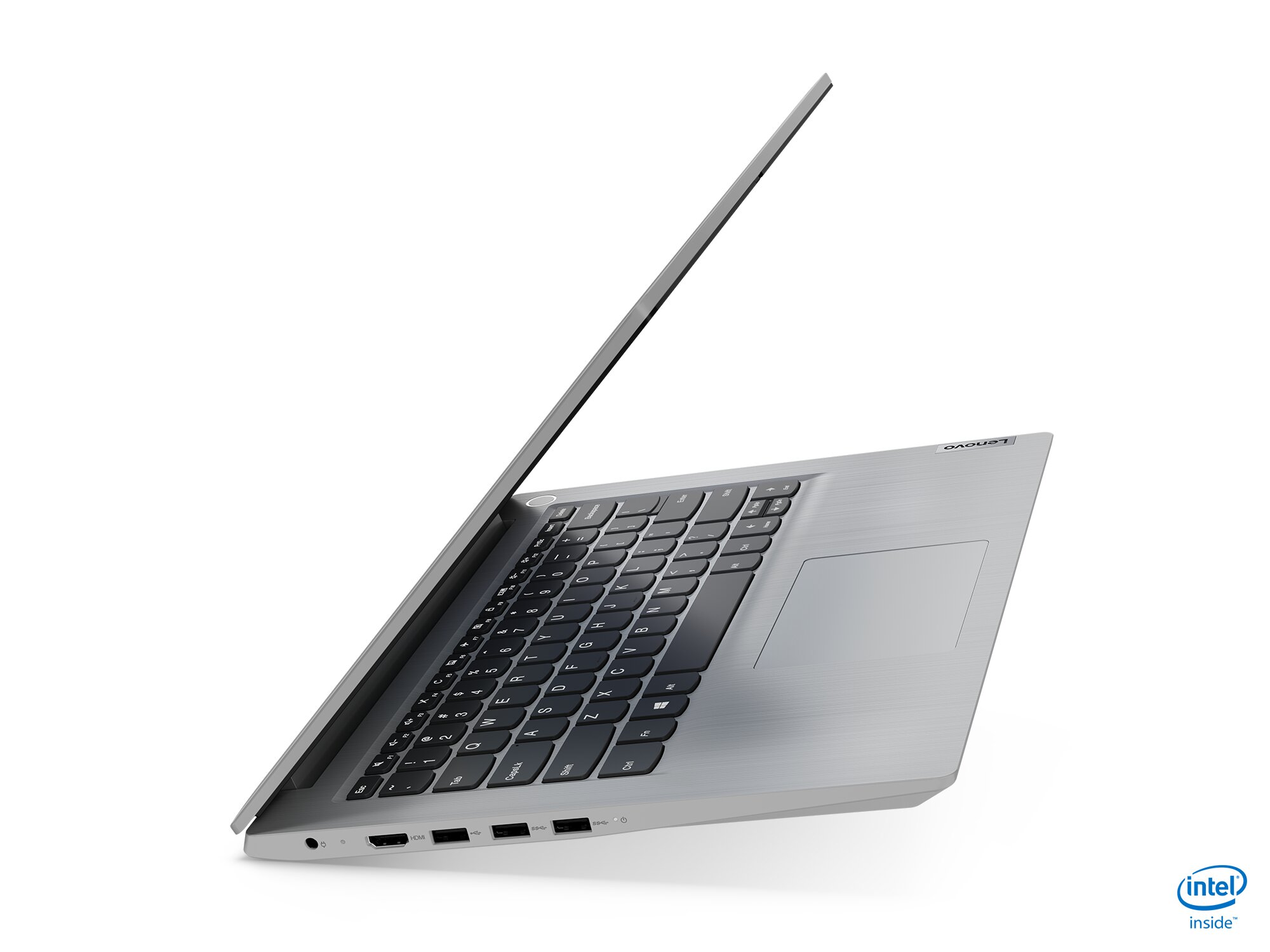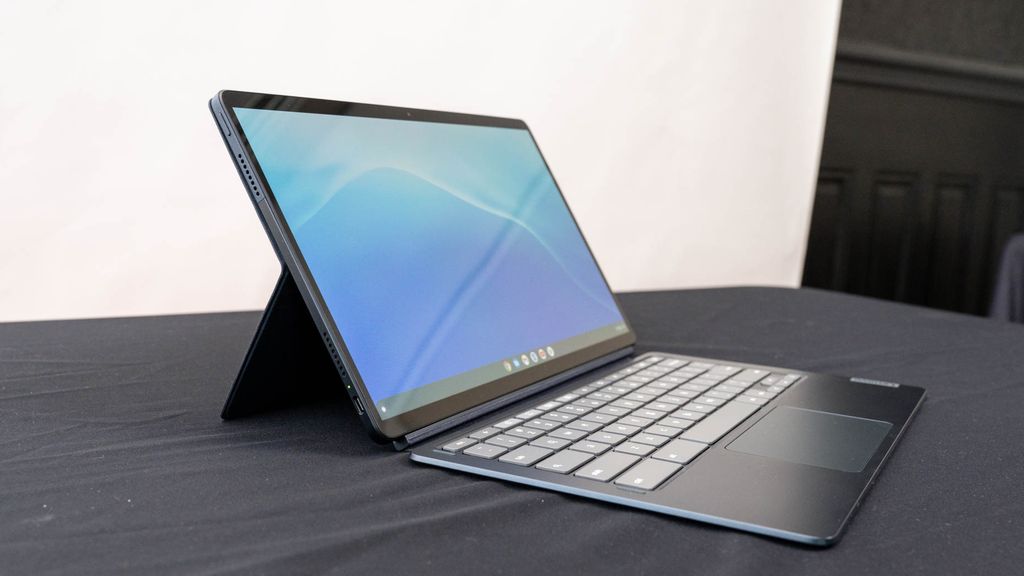

There’s no other connectivity on the Duet, nor is there a traditional headphone jack, something you can find on just about every other Chromebook. On the right side, you’ll find the power button, a volume rocker and a lone USB-C port. I wouldn’t want to do much extended listening with them, as they pretty much lack a bass presence, but they don’t sound terrible. They’re nothing to write home about but work well enough for casual video viewing or hearing various alerts. Rounding out the device are two speakers that point upward when you hold the Duet in landscape with the camera up top.

That said, it works OK for video calling, which is really all it needs to do to be useful. It’s better than the front-facing two-megapixel camera though, which is a nice throwback to 2012. It’ll take a photo in a pinch, but there’s little dynamic range and details are quite soft. That’s fine, as the eight-megapixel back camera is best thought of as a document scanner more than anything. When it comes to the Duet’s cameras, it’s obvious Lenovo used lower-quality parts to keep the cost down. (More on the Duet’s overall performance later.)

The touchscreen is mostly responsive too, though performance can slow down if you’re trying to do too much. The screen itself is reasonably sharp, and though the brightness rating of 400 nits isn’t going to make for a great outdoor experience, it was bright enough for me unless the sun was shining directly on the screen. Moving around to the front, you’ll find the bezels around the 1080p touchscreen aren’t exactly razor thin, but they’re totally acceptable for a device in this price range.


 0 kommentar(er)
0 kommentar(er)
